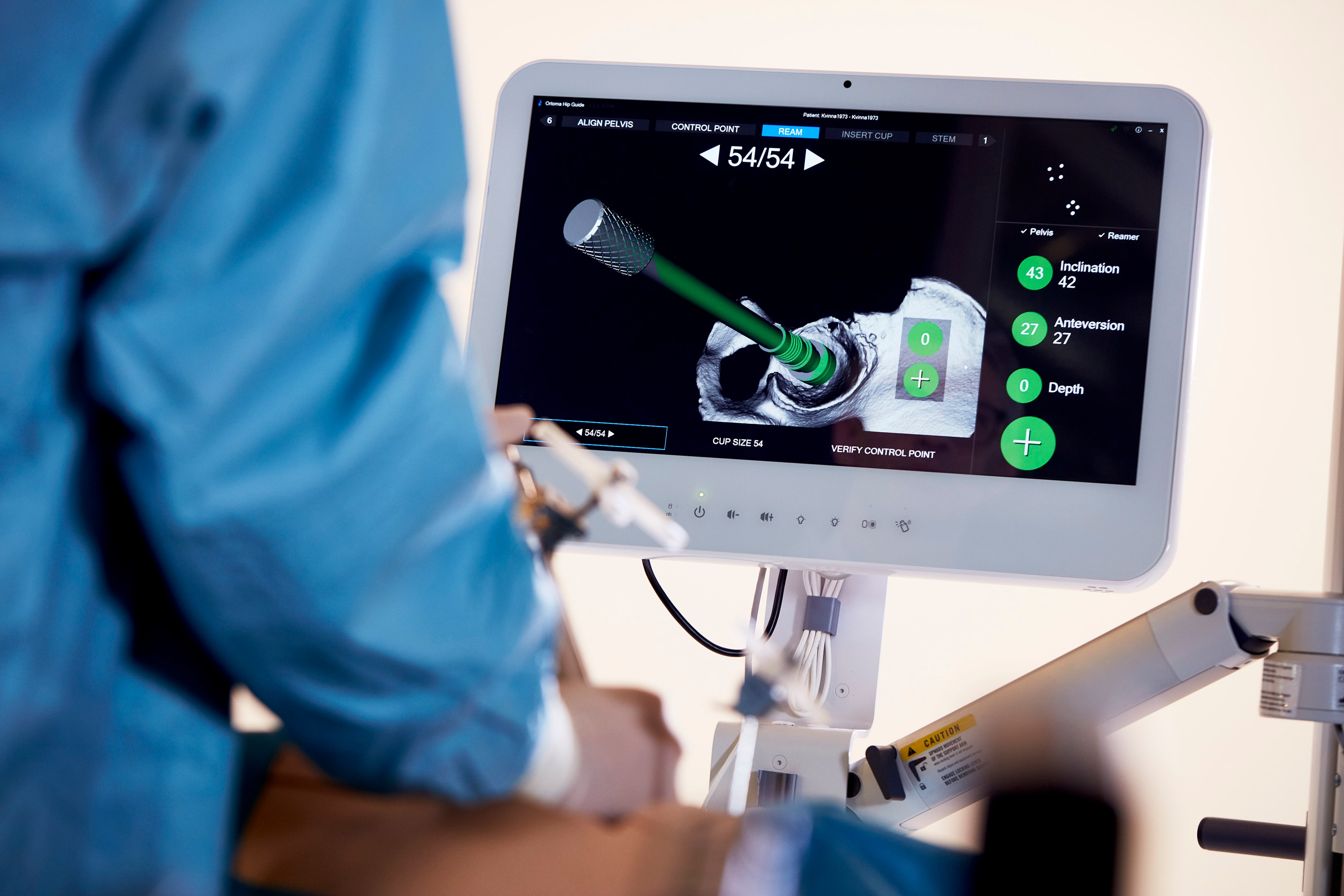ArticleLife Science
How digitisation helps to enhance patient safety
More and more care organisations are choosing to undergo a technical and digital transformation in order to achieve long-term success and sustainability. The objective is to promote efficiency, enhance the quality of care and improve patient outcomes and well-being.

The customer experience is key
Competition for patients is increasing as more private care companies jostle for position on the market. The caregiver offering the best customer experience will win out in the end, as there will always be a greater demand for care than resources can provide for.
Digitisation to make life easier
Digitising medical records, referrals and prescriptions permits faster, more secure communication between patient and caregiver. Digitisation adds a dynamic to the relationship that makes life easier for both parties. Direct contact allows patients to ask questions and get answers, make video calls, book appointments, view test results and get repeat prescriptions any time – and anywhere.
Accessibility is security
Digitisation in care can be used to improve patient safety, accessibility, gender equality and patient care. Automatic systems have made it easier for patients and sick people to get help. Checking medications for the elderly, pregnant women and breastfeeding mothers, providing support where it is needed, making diagnoses and following up processes, as well as issuing warnings about inappropriate medications for people with impaired kidney function, for example, has become easier. This is helping to increase security during a time that is frequently associated with anxiety and questions. Good e-health thus paves the way for better conditions for organisations and individuals, as well as society in general.

